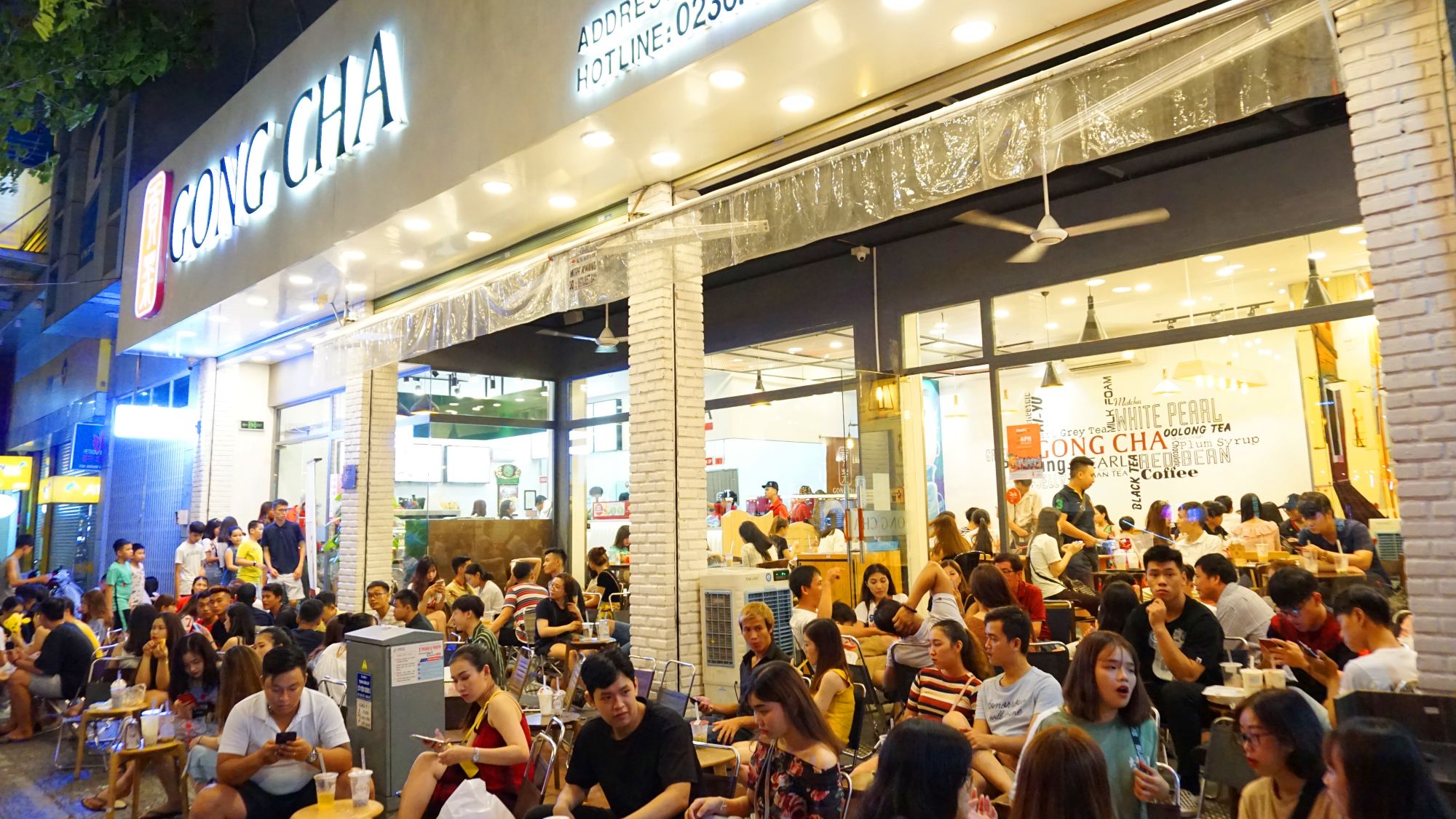Bubble tea was introduced in Vietnam around 2002, as local vendors tried to create the popular Taiwanese milk, tea, and tapioca balls mix. As the beverage slowly grew in popularity, a number of foreign franchises started to emerge. New bubble tea shops have sprouted constantly, offering a variety of flavors in inviting packaging.
Brands like Gong Cha, KOI, and Royaltea enjoyed a steady increase in sales in recent years. The bubble tea “fever” further intensified in recent years as the drink became more affordable and accessible, thanks to delivery services provided by the likes of Baemin and Grab. With just a few taps on the smartphone, a delectable Taro Milk Tea or the cream cheese flavor series reaches the craving palate in less than 30 minutes.
A recent study revealed that Vietnamese people’s love for bubble tea had made the country the third-largest market in Southeast Asia. Vietnam’s bubble tea market reached $362 million in 2021. Indonesia came in first with an estimated $1.6 billion annual turnover. Thailand ranked second with $749 million.
Singapore and Malaysia have accumulated $342 million and $330 million in market turnover, respectively, while the Philippines ranked sixth, with sales of the milk tea industry reaching $280 million.
Total turnover in the Southeast Asian market reached $3.66 billion last year, according to a study by Singapore-headquartered venture outfit Momentum Works and digital payments solution firm Qlub.
A different survey conducted by Q&Me found that 73% of Vietnamese drink or at least recognize milk tea. The younger generation is the primary consumer of bubble tea in Vietnam, with 30% of them saying it’s “delicious and relaxing.” The same report indicated that there are 439 bubble tea shops in Vietnam, most located in Ho Chi Minh City.
Competitive market
While Taiwanese milk tea brands currently dominate in Southeast Asia, China is now pushing for its own brands. Mixue, Chagee, and Heytea have already penetrated the region, putting other brands under pressure. This may also impact the popularity and sales of local bubble tea shops.
Profitable as it may be, the bubble tea market is highly competitive, putting local brands — especially those founded by young and first-time entrepreneurs — at a disadvantage.
“Many young people in Southeast Asia wish to open a milk tea shop one day,” commented Sik Hoe Yong, CEO of qlub. “But this isn’t necessarily a good idea.”
Because milk tea recipes are “easy to copy,” the challenge of differentiating one store from the other is enormous. To thrive in the segment, a bubble tea brand needs a stable supply, competitive pricing, flawless service, and strategic branding.
Chinese companies, which are “good at branding, product construction, supply chain, and cost management,” can pose increasing challenges for local brands, said Jianngan Li, founder, and chief executive officer of Momentum Works.
Source: Vietcetera





